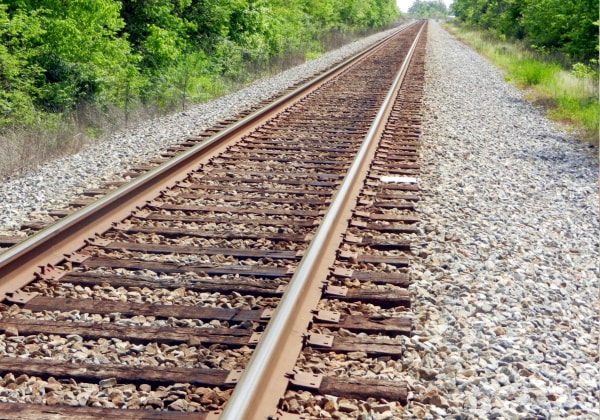Battery trains will begin operating each hour between Liverpool Central and Headbolt Lane.
The battery technology removes the need for a live third rail, which could enable the Merseyrail network to run in places previously inaccessible, including as far as Manchester, Wrexham, Warrington, Preston and Runcorn.
Exciting development!
Just put a panto on it.
I wish they would, but unfortunately here in the UK we have the unique mindset of trying to spend as little as possible on rail infrastructure 🙃
The rest of the Merseyrail network uses third rail electrification, which the UK government outright refuses to allow extensions of as they want to phase it out for safety reasons (we use top contact 750 DC third rail, so you can understand why)… but then at the same time they refuse to spend money to convert to overhead wiring, which then results in stupid things like this.
Overhead catenary and 3rd rail power are solutions for many popular electricified lines, but it’s a major capital cost that may not make sense everywhere, at least at first. You’d need a whole distribution and transformer systems, where historically usage might have been a handful of trains a day.
I’m hoping large-capacity battery technology can improve so that we can see more trains and planes powered solely by electricity over longer distances.
Batteries might work on short, infrequent, local lines. But any long distance route should have wire put in, it saves significant costs over diesel or batter operation, and as soon as a service becomes decently frequent (every hour or whatever) electrification makes more sense form an economic and environmental perspective.
This is inaccurate for the UK. A lot of the lines have tunnels (e.g. along to Holyhead) or have geography (e.g. CVL) or planning issues that makes electrification of the whole line much more expensive. By contrast, if you have bi or trimodal trains you can electrify the easy parts while avoiding the high cost parts, which means you can roll out the electrification of the easy bits so much quicker.
Right, but the fact that most services where this is applicable will not be frequent such as in Canada, parts of the US, rural EU/UK, and elsewhere in the world, though winter performance may still need significant improvements.
Some trains already operate on hybrid power where the diesel-electric generator gives power where there are no wires and then switches to fully electric where there are. A sufficiently capable battery would just be a variation of that, and be relatively easy to implement, instead of or alongside with track electrification.
Also means you can get some of the merseyrail services running all the way to Crewe, meaning fewer changes and better connectivity (though now HS2 is cancelled, how much benefit that will actually bring is in question).


